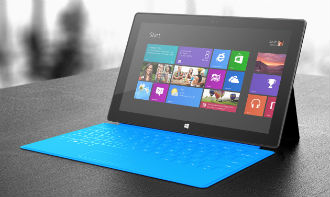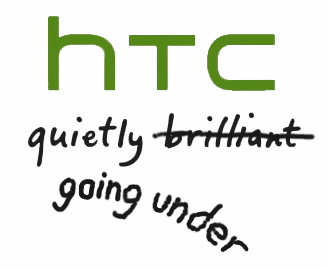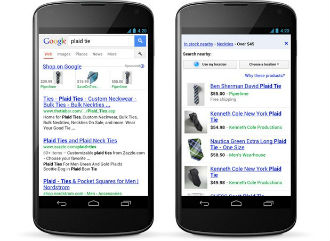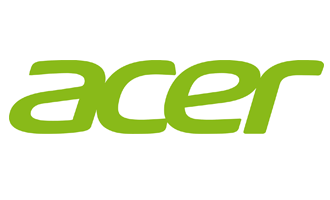 Oh dear. It looks like the sceptics were right, Microsoft’s Surface tablets are lemons. Bloomberg is reporting that Microsoft has sold about 400,000 Surface Pro tablets since their debut last month. In addition, it only managed to sell a little over a million Surface RT tablets.
Oh dear. It looks like the sceptics were right, Microsoft’s Surface tablets are lemons. Bloomberg is reporting that Microsoft has sold about 400,000 Surface Pro tablets since their debut last month. In addition, it only managed to sell a little over a million Surface RT tablets.
Microsoft reportedly ordered three million Surface RT tablets last year, but sales never picked up and Redmond was forced to scale back the order.
The lacklustre figures come as no surprise. Earlier this year it emerged that the RT faced high return rates and very low sell-through, with shipments totalling just 900,000 units in the first quarter of sales. The Surface Pro did not fare any better. It got relatively negative reviews and since it is quite a bit pricier than the RT, consumers don’t seem keen to make the leap of faith.
JMP Securities analyst Alex Gauna told Bloomberg that Microsoft has failed to prove that Windows has a place in a new world dominated by touchscreens.
“It’s pretty clear that things were bad entering the year, and at least for the moment they’re getting worse,” he said. “The path to a successful Surface, in the same way that they were successful with Xbox, is not very clear to me right now.”
Apple still commands a 50+ share of the tablet market, although it is projected to slip under 50 percent later this year. Analysts put Apple’s iPad shipments in Q4 at 22.9 million units, which dwarfs every single competitor. However, Apple is losing share to Android, not Windows.
IDC reckons that the share of Windows RT tablets will stay below 3 percent through 2017, while Windows 8 could end up on 7.4 percent of tablets, in 2017 of course. In other words, Windows tablets are going nowhere, fast.

















